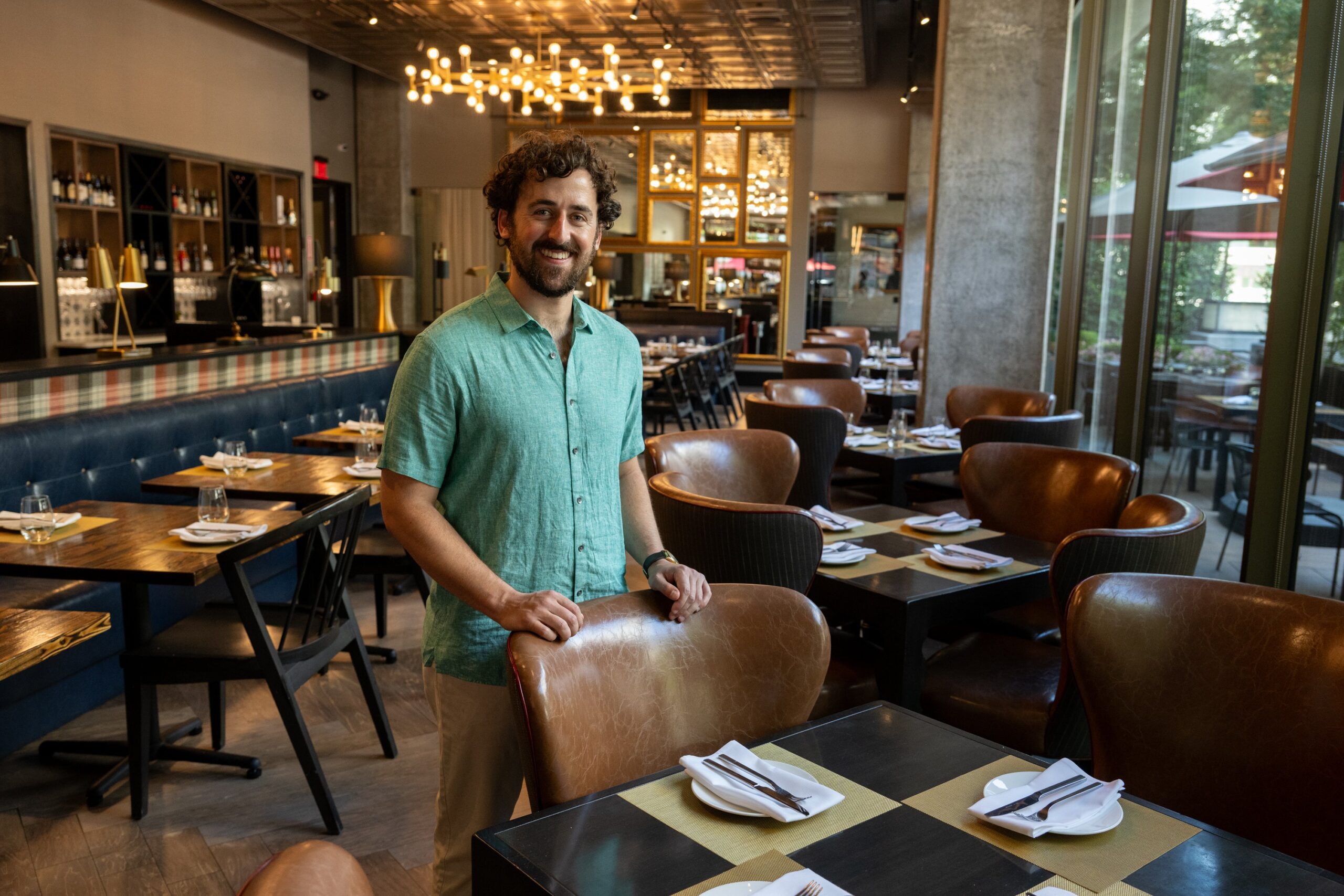Using innovative beats to attract new digital subscribers
Ashley Hopko, for API’s Better News, These two newsrooms used innovative approaches to food and nostalgia to drive paid subscribers and secure newsroom funding.
These two newsrooms used innovative approaches to food and nostalgia to drive paid subscribers and secure newsroom funding. This is a series on Better News to a) showcase innovative/experimental ideas that emerge from the Knight-Lenfest Newsroom Initiative and b) share replicable tactics that benefit the news industry as a whole.
This “win” features highlights from a piece previously published on BetterNews.org by Benjy Egel, food and drink reporter at The Sacramento Bee, which is part of the McClatchy Media Network; and a previously published piece by Shawna VanNess, associate managing editor of Newsday.
The Sacramento Bee participated in the Knight-Lenfest Major Market Table Stakes program in 2018, the Gannett-McClatchy Table Stakes program in 2019-20 and along with fellow McClatchy newsrooms The Fresno Bee, The Modesto Bee and Vida en el Valley in API’s Communities Sprint in 2022 for alumni of the Table Stakes.
Newsday participated in the Poynter Institute’s Table Stakes program in 2017-18 and the Knight-Lenfest Major Market Table Stakes program in 2019.
Newsrooms are experimenting with new types of feature content — highlighting each area’s specialties and tapping into local community members’ passions, boosting engagement and paid subscriber rates.
On the West Coast, the Sacramento Bee released a locally-focused cookbook, “Sacramento Eats,” based on reporter Benjy Egel’s weekly newsletter that highlights thoughtful pieces, such as ”…how a cafe’s fruit trees were a symbol of strength in the face of racism and how a chef tried to take his own life and survived, spurring a personal transformation that led to his restaurant earning a Michelin star,” he said.
The Bee’s editor sparked the idea for the cookbook by asking for innovative project pitches at the beginning of 2023. The book features recipes from 60 local restaurants, each listed with an address, phone number, website and a short summary.
Long Island’s Newsday’s nostalgia beat boosted multimedia engagement, especially among readers who began subscribing decades ago. “Readers had shown burgeoning interest in notalgia stories since early 2019 but it was during the height of the pandemic when our lifestyle-entertainment team began to treat this coverage as a beat,” according to Shawna VanNess, Newsday’s associate managing editor.

The Hey Long Island…Do U Remember? Facebook group has 176,000 members who reminisce about the decades-past.
Nostalgia by the numbers
Compared to the average story, Newsday’s nostalgia stories typically result in a 40% higher engagement rate and triple the chances of someone becoming a paying subscriber. Stories are behind the paywall to encourage subscription signups.
Stories about closings of long-running restaurants tend to perform twice as well as stories about new restaurants opening.
The topic also plays well on Facebook, where there’s an active nostalgia Facebook group with 176,000 members from Long Island that regularly share Newsday’s stories and engage with thoughtful comments.
”A story profiling Long Islanders who met and fell in love at classic dance clubs inspired a more recent look-back at popular summer beach season clubs, which got 53% percent of its traffic from Facebook,” VanNess said.

Food and drink reporter Benjy Egel appears in Camden Spit & Larder in a photo from The Sacramento Bee’s new cookbook, “Sacramento Eats: Recipes from the Capital Region’s Favorite Restaurants”. (The Sacramento Bee)
A craving for local recipes and foodie content
“My reporting drove more than 1,000 new subscribers to The Bee as local readers showed their appetite for day-in, day-out reporting on the city’s new cultural heartbeat,” Egel said.
Because of Egel’s successful food newsletter, which has more than 7,000 subscribers and a 40% open rate, he was confident that the cookbook could be a successful way to raise newsroom funds. The “Bee and I intentionally cultivated my brand as the preeminent expert on the Sacramento area’s restaurant and bar scene during the past five years,” he said.
Less than a month after the cookbook’s debut, The Sacramento Bee sold more than 3,000 copies that retailed for $39.95. In January 2024, 1,700 additional copies were printed and put on the market.
To promote the cookbook, Egel also leveraged his thousands of social media followers to share photos of the project and encourage preorders. People commented on many of his posts, which sparked digital conversations.
Advice for newsrooms looking to expand their beats
When the news cycle is slow, both food and nostalgia beats keep driving site traffic and can be reshared on social media and in newsletters throughout the year — encouraging readers to share their own experiences. These evergreen stories are easy lifts for reporters and editors.
For those looking to create their own local cookbook, Egel advised that newsrooms should start developing relationships early and make sure to leave lots of time to collect all the information they need from chefs.
VanNess cautioned that outlets should keep the nostalgia hyper-local. In the experiment’s early days, the staff discovered that general stories about nostalgic TV shows or other nationally appealing content didn’t foster subscriber rates, since readers can get the same content for free elsewhere.
“This coverage can be adapted in almost any market, in a wide variety of coverage topics,” VanNess said regarding the nostalgia beat. “Consider the places, historical events, annual traditions and other milestone memories your audience holds affinity for.”